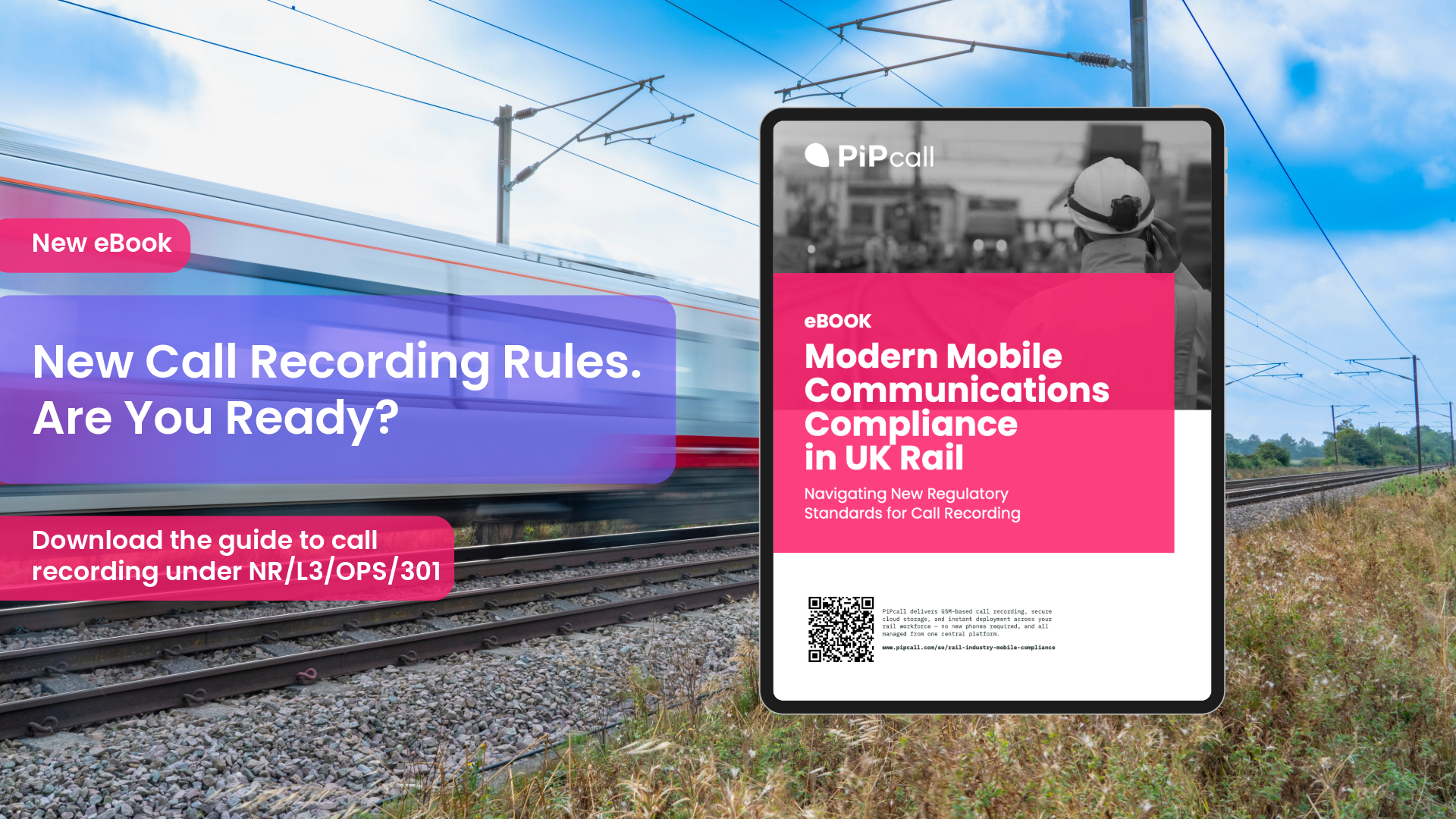In the modern digital landscape, ensuring business continuity during crises is paramount. Companies are continually exploring new ways to maintain operations, even in the most challenging conditions. While eSIMs are not yet playing a major role in disaster recovery for many businesses, they offer promising capabilities for maintaining critical communication during disasters. In this article, we will explore how eSIMs could support disaster recovery strategies and business continuity planning, ensuring smoother operations even in difficult circumstances.
Role of eSIMs in Maintaining Business Communication During Disasters
Streamlined Connectivity in Critical Moments
eSIMs, or embedded SIMs, enable digital mobile connectivity without the need for physical SIM cards. Unlike traditional SIM cards, which require manual swapping, eSIMs can be activated remotely, allowing businesses to maintain or restore communication during emergencies quickly. This remote functionality makes eSIMs an attractive option for organisations aiming to keep their teams connected, even when physical access to SIM cards may not be possible.
In disaster situations where logistics are challenging, such as floods, fires, or pandemics, the ability to provision mobile connectivity remotely can be a game-changer. Employees can continue to work using their mobile devices, without waiting for physical SIM cards to be delivered or replaced. This level of flexibility ensures that key business functions can carry on, minimising downtime.
Multi-Network Flexibility
Another potential benefit of eSIMs in disaster recovery is their ability to switch between multiple networks. In scenarios where one mobile network is down or facing heavy congestion due to a natural disaster, eSIMs allow businesses to switch to a different provider with better coverage. This multi-network flexibility ensures that communication remains uninterrupted, even when local infrastructure is compromised.
Challenges for Wider Adoption
While eSIMs offer many advantages, they are not yet widely adopted in disaster recovery plans for several reasons. Some businesses still rely on traditional SIM card setups due to legacy systems or lack of familiarity with eSIM technology. Additionally, not all regions or network providers offer comprehensive eSIM support, which could limit their effectiveness in certain disaster scenarios.
eSIMs as Part of a Resilient Business Continuity Plan
Easy Remote Management for IT Teams
A robust business continuity plan relies heavily on the ability to manage resources remotely during a crisis. eSIMs provide a key advantage here, enabling IT teams to manage device connectivity from a centralised platform. Through remote provisioning, activation, and profile management, businesses can ensure their teams stay connected without the need for on-site intervention.
For example, businesses using a centralised portal to manage their eSIMs can activate new profiles for employees working from different locations, ensuring seamless connectivity. This is particularly important for remote or hybrid workforces, where employees may be scattered across regions or even countries. By eliminating the need for physical SIM card management, businesses can respond more quickly in crisis scenarios, minimising disruptions.
Compatibility with Existing Business Continuity Solutions
eSIMs also have the advantage of being compatible with existing business continuity frameworks. Integration with mobile device management (MDM) systems enables organisations to enhance security by ensuring that only authorised users have access to the company network during disasters. In the event of a lost or compromised device, the eSIM can be remotely locked or wiped, further protecting sensitive business data.
By integrating eSIMs for business into broader disaster recovery strategies, businesses can streamline their response and recovery processes, ensuring minimal downtime and maximised productivity.
A Sustainable Option for Business Continuity
In addition to their operational advantages, eSIMs also offer an environmentally friendly solution for businesses looking to reduce their environmental impact. Traditional SIM cards generate significant plastic waste, while eSIMs eliminate the need for physical cards entirely. This makes them an attractive option for companies seeking to balance sustainability with operational resilience.
Limitations in Current Use
Despite these benefits, eSIM adoption for business continuity remains limited. Many companies are still in the early stages of integrating eSIMs into their disaster recovery planning. Factors such as cost, lack of awareness, and the need to upgrade devices all play a role in this slow uptake. However, as more businesses become familiar with the flexibility and potential of eSIM technology, we can expect to see broader adoption in the coming years.
Conclusion: eSIMs, a Promising Tool for the Future
While eSIMs are not yet widely deployed as part of disaster recovery strategies, they hold significant promise for businesses looking to strengthen their continuity plans. Their ability to provide remote connectivity, multi-network flexibility, and secure device management makes them a valuable tool in disaster scenarios. As companies begin to adopt more advanced communication solutions and incorporate eSIMs into their operations, we can expect a shift towards faster, more resilient recovery processes in the face of disasters.
By embracing eSIM technology, businesses can enhance their disaster preparedness, ensure seamless communication, and ultimately protect their operations during crises.


.png)



